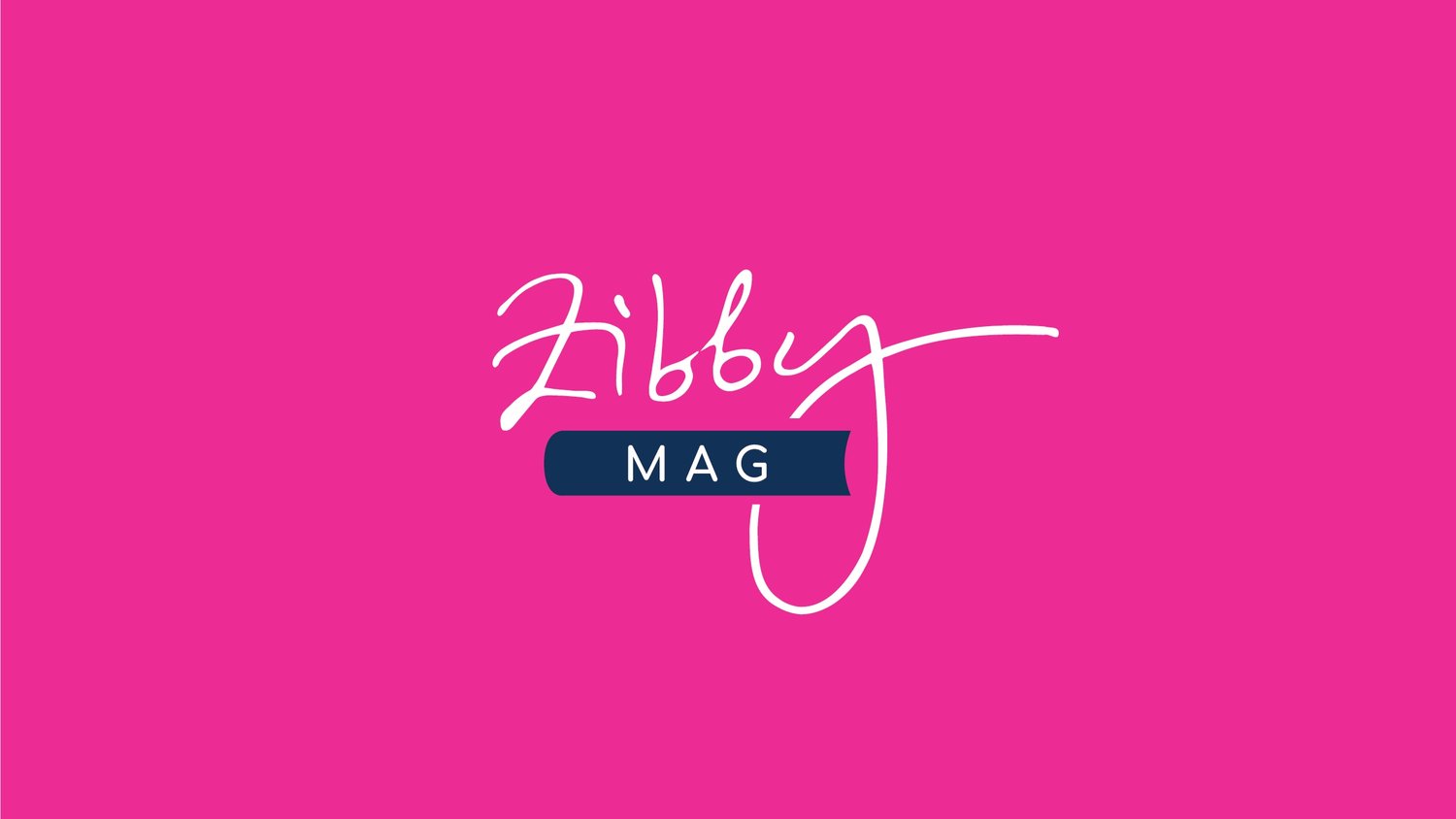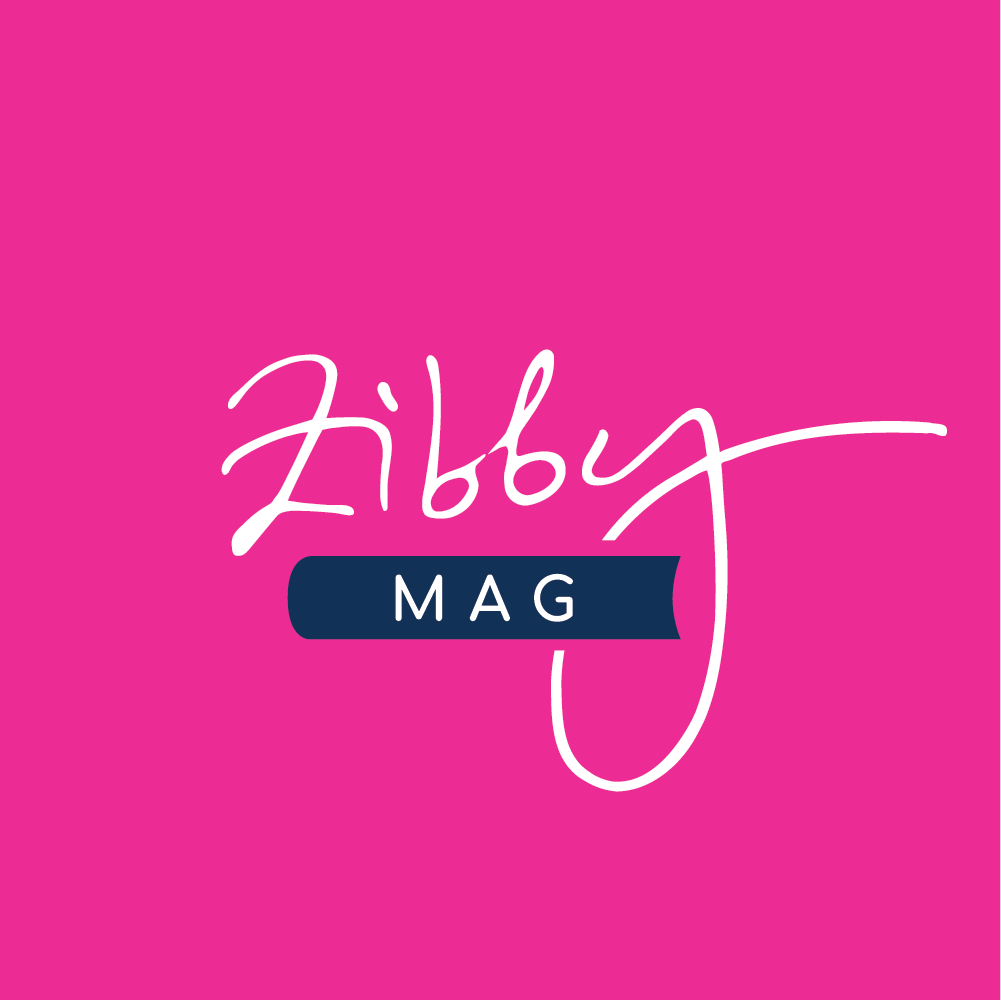Six of the Greatest Fashion Moments in Fiction
By Lauren Bravo
A few years ago, I fell in love with a dress. A black velvet minidress, long-sleeved with a starched white collar, called to me from the rack like an old friend. I leaped across the shop floor to greet it. It was familiar, this dress. As I twirled in the changing room, realization dawned: It was a grown-up version of the “m’audition” dress from Noel Streatfeild’s children’s book, Ballet Shoes. Little did I know, I'd been harboring a deep desire to dress like a 1930s pre-teen, so there I was.
In my mind, fictional characters have long made the best style icons. While TV and film are endlessly mined for fashion references, books make for much more personal, subjective, and sartorial inspiration. Anyone can put on a waistcoat and tie and claim to be “channeling Annie Hall,” but finding clothes that bring alive an old pencil sketch or a string of vibrant adjectives is another matter. Perhaps it’s because a full outfit description in fiction is a rare treat to be treasured. On-screen, everyone has to be wearing something (for the most part).
Even when authors are more generous with their details, we’re always left to fill in a few blanks. I’ll never know exactly what Meg March’s ill-fated high-heeled slippers looked like. But, I know that every time I’ve ended up barefoot in McDonald’s after wearing crippling heels to a party, I’ve had that line from Little Women echoing around my head: “Dear me, let us be elegant or die!”
In my novel, The Second Chance Store, clothes are among the many items that pass through a British charity shop and weave their way through the narrative. Each garment is a route into a short story about its past or future owners. There’s a “stupid” hat bought in the wake of a break-up, a pair of shoes that help a new mom reclaim her old identity, a power handbag; a powerless sweater, and a ship-shaped brooch that has ridden the waves of fashion for seven decades and counting.
While adding all these new clothes to the big, bare bookshelf of literature, I’ve been thinking a lot about my Ballet Shoes dress and the other literary garments that have captured my imagination as a reader over the years.
Here are a few personal favorites:
Arthur’s Blue Suit in Less by Andrew Sean Greer
“Finally, at his advanced age, he has struck the right note. He looks good, and he looks like himself. Without it, somehow he does not. Without the suit, there is no Arthur Less.”
Literature is no stranger to sharp tailoring, but male clothing rarely gets such a starring role as the blue suit in Andrew Sean Greer’s Pulitzer-winning novel. Much like the outfit of another literary Arthur Dent who travels the universe in his dressing gown in A Hitchhiker’s Guide to the Galaxy, Less’s signature suit comes to symbolize a man in a rut, struggling to adapt to a changing world and its many confusing dress codes. Spoiler: The suit might not make it. Still, it’s an irresistible idea for those of us who have spent our lives hoping that each new outfit will be the one that finally makes us look like the best version of ourselves.
Miss Havisham's Wedding Gown in Great Expectations by Charles Dickens
“I saw that everything within my view which ought to be white, had been white long ago, and had lost its lustre, and was faded and yellow.”
Never mind the second shoe. Dickens’s jilted spinster is a bridal wear icon and a hero to those of us who spent significant sums on a wedding dress to only wear it for a single day. Breakfast in my veil tomorrow? Don’t mind if I do.
The Fur Coats in The Lion, The Witch and The Wardrobe by C. S. Lewis
“They noticed that they were making their way not through branches but through coats. And the next moment they came tumbling out of the wardrobe into the empty room, and they were no longer Kings and Queens.”
The Pevensies’s choice of outerwear might not fly by today’s ethical standards, but it’s fair to say that the gateway to Narnia wouldn’t have been as magical if it had been filled with Patagonia anoraks. As a precocious kid and a lifelong winter lover, I could imagine nothing more thrilling than discovering a snowy realm and getting to explore it while wearing an enormous fur coat. The glamour!
Celie’s Pants in The Color Purple Alice Walker
“What I need pants for? I say. I ain't no man.”
Liberated from her marriage and quite literally wearing the trousers, Miss Celie goes on to find financial freedom by making pants for other women. She joins a chic cohort of other fictional females who’d eschewed skirts and dresses before their time, such as Agatha Runcible from Evelyn Waugh’s Vile Bodies and Virginia Woolf’s gender-fluid Orlando. The beauty of using a conventionally feminine trade like sewing to help her character stick it to the patriarchy is all a part of Alice Walker’s (pardon the pun) flare.
Scarlett O’Hara’s Curtain Dress in Gone With The Wind by Margaret Mitchell
“He had never known such gallantry as the gallantry of Scarlett O'Hara going forth to conquer the world in her mother's velvet curtains and the tail feathers of a rooster.”
Before there was Maria Von Trapp, there was the original draped crusader. Plenty about Margaret Mitchell’s Civil War romance sits uncomfortably today, and rightly so. But, at least Scarlett’s thrifty upcycled frock is a model of sustainable dressing.
Camilla’s Entire Wardrobe in The Secret History by Donna Tartt
“Strange and marvelous as she was, a wisp of silk in a forest of black wool, she was not the fragile creature one would have her seem.”
The Secret History is one of the few novels to have spawned an entire TikTok aesthetic. The characters in Donna Tartt’s dark academia classic might think themselves intellectuals, but their creator isn’t above a good “fit check.” The Secret History is filled with clothes that scream quiet luxury, from Francis Abernathy’s “beautiful starchy shirts with French cuffs,'' to Richard’s sartorial faux-pas––a silk jacket “with stripes of peacock green.” But, it’s the image of the cool, androgynous Camilla in her "smartly tailored velvet suit with jet buttons,” “sleek little astrakhan coat," cricket sweaters, and Gatsby-ish all-white get-ups that truly stands out amidst the gloom.
Lauren Bravo is a stylish Londoner, author, new mom, and award-winning freelance journalist who writes about fashion, popular culture, food, travel, and feminism, for publications including Refinery29, Vogue, Stylist, The Telegraph, Sunday Times Style, The Guardian, and many others. She is the author of What Would the Spice Girls Do?, How to Break Up with Fast Fashion—inspired by her year-long fast-fashion ban—and a contributor to the intersectional feminist essay collection This Is How We Come Back Stronger: Feminist Writers on Turning Crisis Into Change.
The Second Chance Store is out now, published by Avon Books.








